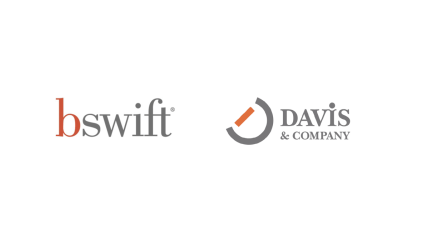
Last night I dreamed I went back to the French Cable Station Museum. I knew it was a dream because I had vowed never to return, but this time everything was different. The introductory video didn’t contain a lot of technical information visitors would never retain. Tour guides only told the most compelling stories. Visitors were invited to share their experiences, try the equipment and engage in dialogue.
But then I woke up and realized that it was just a dream. The French Cable Station Museum—a “historic collection of telegraph equipment” in Orleans, Mass.— was still a disappointment. That’s because the people who run it were so carried away by their own passion that they forgot to think about the needs of those visiting the museum.
I know you’ve run into this problem a million times when supporting internal communication:
- The IT guys who want to share the history of technology risks before they announce the new cybersecurity policy.
- The HR team members who feel the need to describe the involved process (“We benchmarked!”) of enhancing the performance management system.
- The initiative project lead who insists that communication begins when teams are formed, months before employees experience change.
These people are all dedicated and well-meaning, but their expertise and enthusiasm create a barrier to effective communication.
How do you offer counsel to solve this problem? My approach is always to bring the “voice of the customer” into the conversation. I share data demonstrating content employees click on—and focus group findings that describe employee preferences.
Most importantly, I help stakeholders understand that communication is not about sharing their stuff; it’s designed to be of service to the audience.
I just wish the French Cable Station Museum folks knew that.





